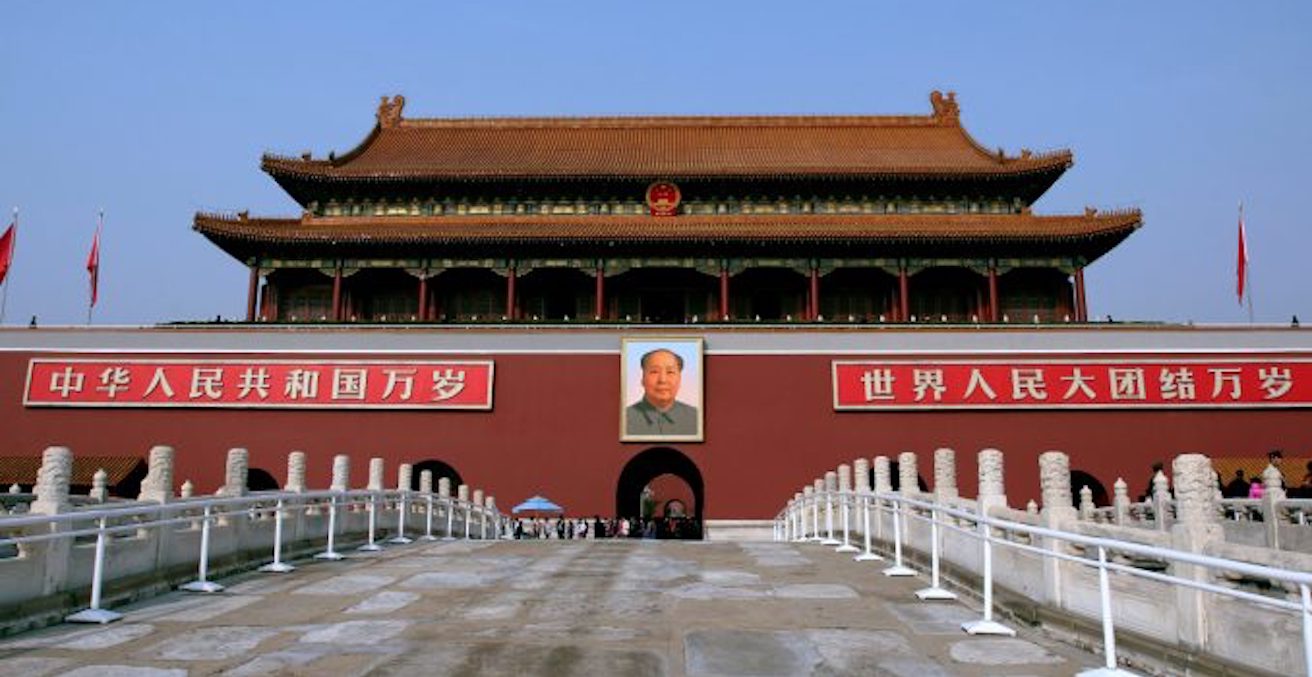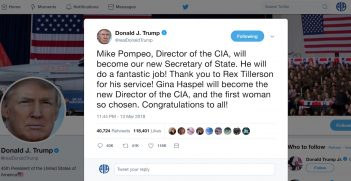Without America? A Response

When it comes to the US and China, Australia should take care not to subscribe to a self-fulfilling prophecy.
Hugh White’s latest Quarterly Essay on Australia’s position in the ‘new Asia’ raises at least three critical points: How much is China’s power and influence growing? Is the United States declining to the extent White suggests? Is Australia likely to be dominated by China in the future?
White overstates his case. He highlights assumptions in current thinking by Australian governments that might be flawed if the international situation were to move in the direction he thinks is highly likely. There is a case for incremental thinking, continuing with policies that have worked, and adjusting as required. A more cautious approach is appropriate in Australia’s current circumstances.
On the first point about China’s rising power and influence, White refers to an estimate that China’s GDP will be 40 per cent greater than that of the US by 2030. These figures are based on a parity purchasing power comparison that allows for what income can purchase in a given country. However, there is also the argument that an assessment of real income needs to allow for market exchange.
If income is used to pay for imports, then the exchange rate applying in the country of purchase will have an impact on how one measures GDP. Similarly, the income generated through exports will be determined through the exchange rates applying where the goods and services are sold. On this basis, Professor Peter Robertson of the University of Western Australia estimates that China’s current GDP at market exchange rates is USD$9 trillion (AUD$11.3 trillion), about half the US GDP.
Even allowing for the figures published in the 2017 Foreign Policy White Paper, one needs to think further about how a large GDP translates into power and influence. A large GDP does not necessarily lead to the achievements of goals, take the failure of the US in the Vietnam War for example, domestic constraints significantly affect a state’s foreign influence.
A great power can also be constrained by the way in which other powers (whether small, middle or great) align with and among each other to provide balance in the international sphere. One should think beyond East Asia or even the wider Asia-Pacific or Indo-Pacific to encompass the global context. The European Union or European powers considered collectively could be one form of constraint on China from this perspective.
The distance from Beijing to London is less than the distance from Beijing to Melbourne. We are well beyond the days when maps showing large arrows pointing towards Australia from Red China appeared during Australian elections—or are we?
On the second point about declining US influence, it might well be the case that US influence is declining vis-à-vis Chinese influence, even without the Trump factor. However, the US is likely to remain a very large influence in the Asia-Pacific for the foreseeable future, albeit within a much more pluralistic environment.
At a very minimum, the US will be engaged through its Pacific states. In practice, that engagement will go much further for both economic and strategic reasons. While one might argue that the rhetoric and practice of the US alliance makes Australia too dependent on the US both now and in the likely future, the case for Australia maintaining a strong relationship with the US is realistic.
The third point is about the likelihood of Australia being dominated by China in the future. White foresees a Chinese version of the Monroe Doctrine. Here it is relevant to ask what China’s goals are now and might be in the future. Winning Australian support or at least acquiescence on issues such as Korea and Taiwan is no doubt important to China in terms of its wider regional strategy.
However, there remains plenty of scope for Australia to pursue its own objectives (which might coincide with those of China in some instances). One aspect of this is the strategy of soft balancing whereby Australia develops its diplomatic alignments across and beyond the East Asian region. Such alignments can provide a check on China without necessarily being directed against China as such.
As far as the Monroe Doctrine is concerned, one should keep in mind that the history of US relations with Latin America and the Caribbean is chequered. Certainly there have been instances of US intervention in relation to smaller countries in Central America and the Caribbean in the past, not to mention Mexico as the immediate neighbour to the US, and CIA involvement in Chile in 1973.
However, there have also been larger countries such as Brazil and Argentina that have never seen themselves as subordinate to the US; post-1959 Cuba is an example of a small US neighbour resisting US hegemony. The point is that while a middle power such as Australia may well wish to accommodate China on a range of issues, Australia has sufficient political resources to pursue its own independent policies.
Overall, White’s approach to analysing Australia’s position in the context of the ‘rise’ of China and the ‘decline’ of the US assumes too much ‘rise’ in the former instance, and too much ‘decline’ in the latter. White points to the logic of certain extreme scenarios. This may help analysis if such scenarios were to eventuate, but it may also encourage their emergence. The real world is a little messier. There is a case for moving in the direction that White advocates, but some caution is appropriate.
Be careful what you wish for, you might just get it.
Derek McDougall is a professorial fellow in the School of Social and Political Sciences, University of Melbourne.
This article is published under a Creative Commons Licence and may be republished with attribution.




